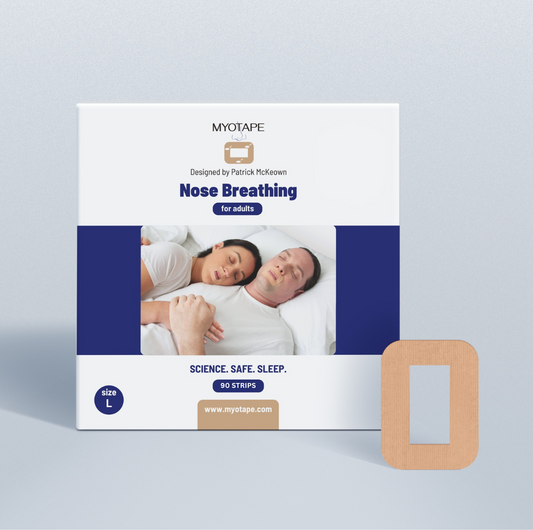A study involving 1,616 children aged 3-6 years aimed to understand how mouth breathing and bad habits affect dental health (Paolantonio et al., 2019). The researchers used the Baby ROMA index, a tool to assess the need for orthodontic treatment in preschoolers. The findings are crucial for parents and caregivers to help prevent and manage dental issues in young children
What Did the Study Reveal?
The study found that 38% of the children needed orthodontic treatment. This means that more than one-third of the children had dental issues that required professional intervention.
Additionally, 46% of the children showed signs of malocclusion, which refers to misalignment of the teeth. These cases were less severe but still needed close monitoring and risk factor management to prevent worsening.
The study highlighted a strong link between mouth breathing and increased likelihood of children needing orthodontic treatment and developing malocclusion.
What Can You Learn from the Study?
The findings from the study underscore a significant concern in pediatric dental health: a considerable proportion of young children are facing dental issues that require professional intervention.
The study also highlighted a strong link between mouth breathing and the increased likelihood of children needing orthodontic treatment and developing malocclusion. But why is mouth breathing such a critical factor?
Mouth breathing can have several adverse effects on oral health. One significant issue is that mouth breathing can alter the natural position of the tongue. When children breathe through their mouths, their tongues tend to rest lower in the mouth instead of pressing against the roof of the mouth. This unnatural tongue position can negatively impact the development of the jaw and the alignment of the teeth.
The tongue plays a crucial role in shaping the dental arches and guiding the teeth into their correct positions. Without the tongue's pressure on the palate, the upper jaw may become narrow, leading to crowding of the teeth and other alignment issues. This improper jaw development often results in malocclusion.
Children can practice simple breathing exercises to help decongest their nose and change to nose breathing. You can check out Patrick McKeown’s free online breathing training for children. Also, you can find out more about our effective mouth tape for kids, which is designed to help your child breathe through their nose, ensuring proper tongue placement and jaw development.
References:
Paolantonio EG, Ludovici N, Saccomanno S, La Torre G, Grippaudo C. Association between oral habits, mouth breathing and malocclusion in Italian preschoolers. Eur J Paediatr Dent. 2019 Sep;20(3):204-208. https://pubmed.ncbi.nlm.nih.gov/31489819/








